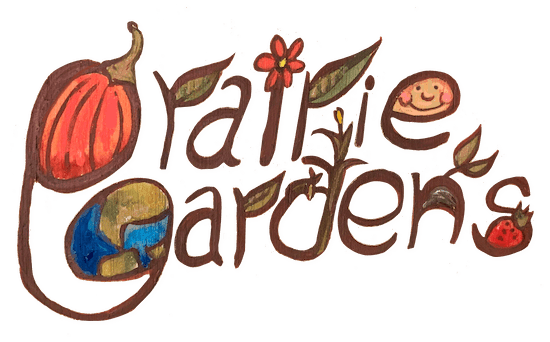Spring is here!
With the last round of snow melted away, the warmth of the sun is working wonders. The volunteer self-seeded spinach is ready to pick! The fall seeded lettuce is up. The winter onions are bursting to life. As are the weeds. There’s lots of moisture in the earth, and warm weather ahead, with a sunny week forecast.
Let the seeding begin!
We’ve already planted 25,000 onions and 8,000 strawberry plants. They loved the snow and moisture last week.
The first seeding of Beets, including the striped Candy Cane, Boldor Yellow, pure white, cylindrical, and Bulls Blood is done. There are 10 varieties of carrots – from purple to yellow to orange and white – all planted! Next is the seed potatoes. We’re growing twelve varieties this year, ranging from French Fingerlings to Russian Blue, which we’ve pre-spouted in the shed. I’m not panicking yet, but we must have the sweet corn in the ground by May 15th in order to have sun-drenched sweet corn cobs to harvest by the end of summer. Lois Hole taught me this years ago.
Annual planting bee this Sunday
So much to do! So little time. So this weekend, we’re looking forward to seeing you all again for some hands-on planting fun! It’s our annual spring garden planting bee, which we’d love your help for on Sunday, May 17 from 10:00 am – 3:00 pm. We’ll be cooking a great farm lunch for you, so please let us know if you’re planning to attend. We really appreciate your help!
Did I mention the weeds?
The more I farm, the more I develop a love-hate relationship with weeds. I think the hate part is self-explanatory, but the love part may need some clarification.
As I learn more and more about natural organic gardening, I’m learning what the weeds can tell me about the soil we love and grow in. Weeds are pioneer plants. They always get growing first – it’s like a built in soil thermometer.
I can still see where we dug the last row of potatoes last fall, soil bare where we disturbed it. There is already an abundance of ‘winter annual’ weeds such as the stink weed luxuriantly growing here, there and everywhere. These hardened fall-germinated weeds come in quicker than we can plant any organic cover crops.
Here’s the love part
Here’s the love part of the relationship – they are excellent green manure! I smile as we harness the disc to tractor. Working the green weeds into the soil is an economical and effective way of adding instant compost! As they break down, nutrients are released back into the soil. Working hand in hand with Mother Nature is so much more rewarding than working against her!
Not to mention that some weeds are edible, and are so full of rich in nutrients for us, they put lettuce to shame. You’ll get to sample of these tasty healthy weeds by the June harvest date. They grow so much faster than any of our delicate hand-seeded and delicious vegetable cultivars.
This is where the love ends
Once these weeds are established, it’s a summer of hand weeding. But I’m learning that the weeds offer a wealth of garden wisdom about the soil we steward. I’ve learned that Dandelions mean the soil is compacted and low in calcium. Dandelions have extraordinary taproots which are excellent at fighting soil compaction and are awesome at scavenging deep into the earth to bring up lost nutrients.
One weed that I particularly dislike in the garden because it winds and binds my cute little carrots, has turned out to be pretty interesting – it’s bindweed or field buckwheat. After asking around, I found out that bindweed thrives in low calcium, high potassium soils. Like all other plants, bindweed requires calcium to grow properly so the roots exude natural chemicals that make calcium available to the plant. This means that bindweed can unlock the inaccessible calcium in your soil and make it available to plants. Who knew?
We have a few other weeds that grow with great determination across the gardens: Chickweed thrives in soil with high organic matter at surface, but may mean a low mineral content. Lamb’s Quarters (aka Fat Hen) (which is edible, and tastes like spinach) prefers rich fertile soil, and indicates a good decay of organic; Stinging Nettle, thrives at water’s edge – and in saturated soils, where the decomposition is anaerobic – the low wet spots. The Red-rooted Amaranth (aka Pigsweed – also edible) and thistles (which are not so much) like rich top-quality black #1 Alberta topsoil.
I often think if thistles were edible, we’d have it made. Because we have some of the best black topsoil in Alberta. Two feet deep, and as precious as gold. Black gold. The best garden growing dirt we could ever hope for, in our garden of we’edin.
Happy spring, everyone! Farmer Tam

